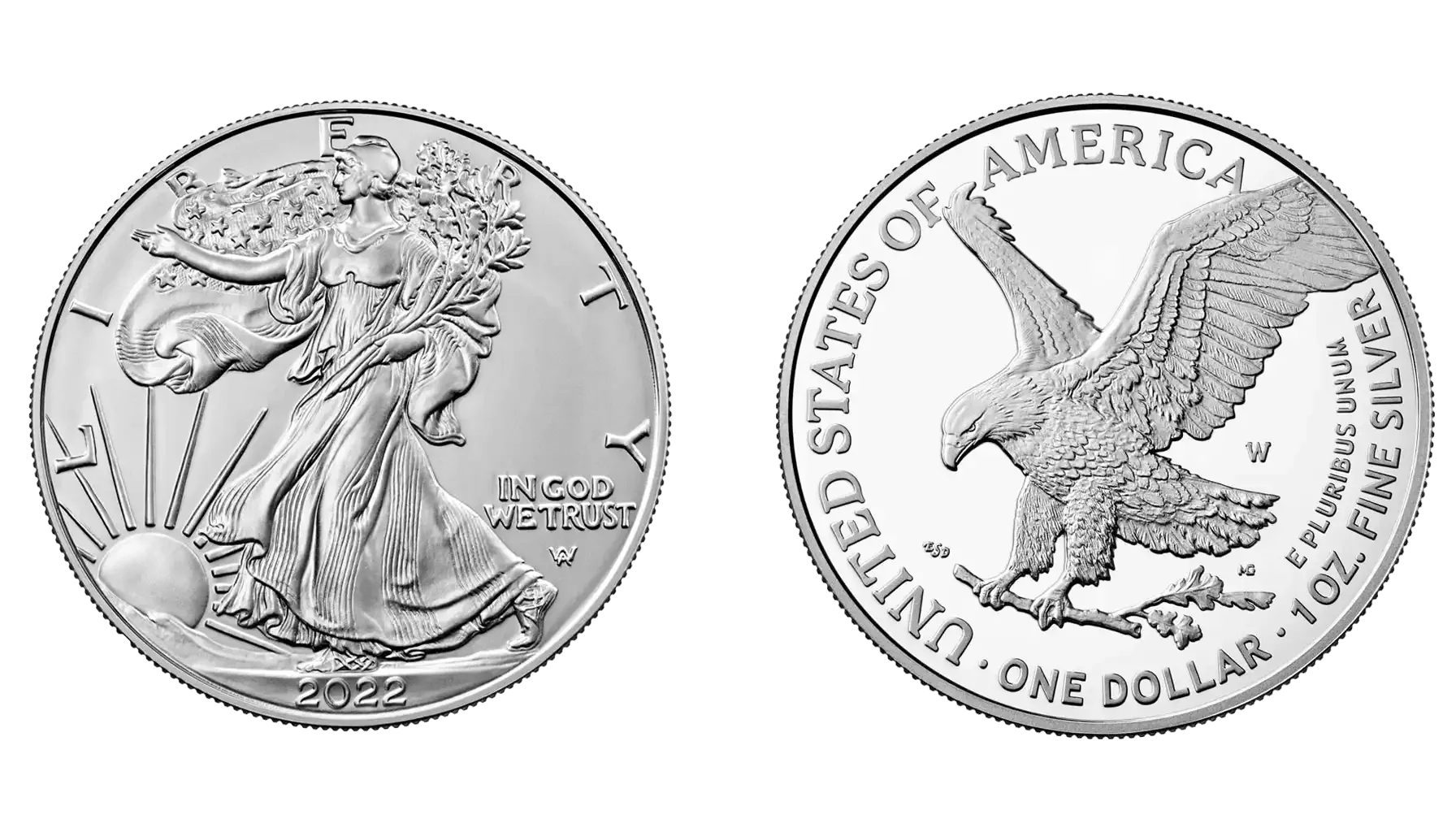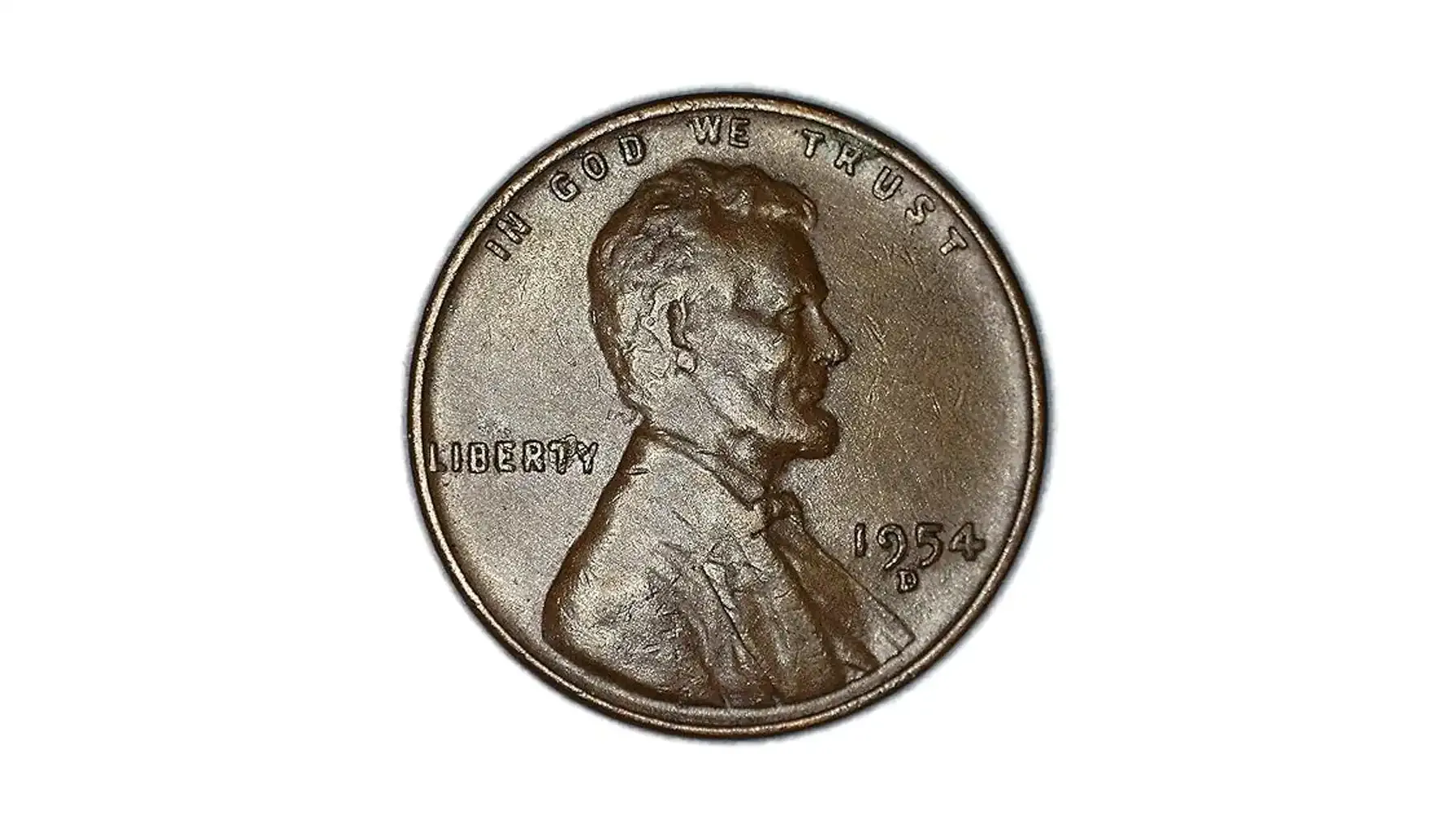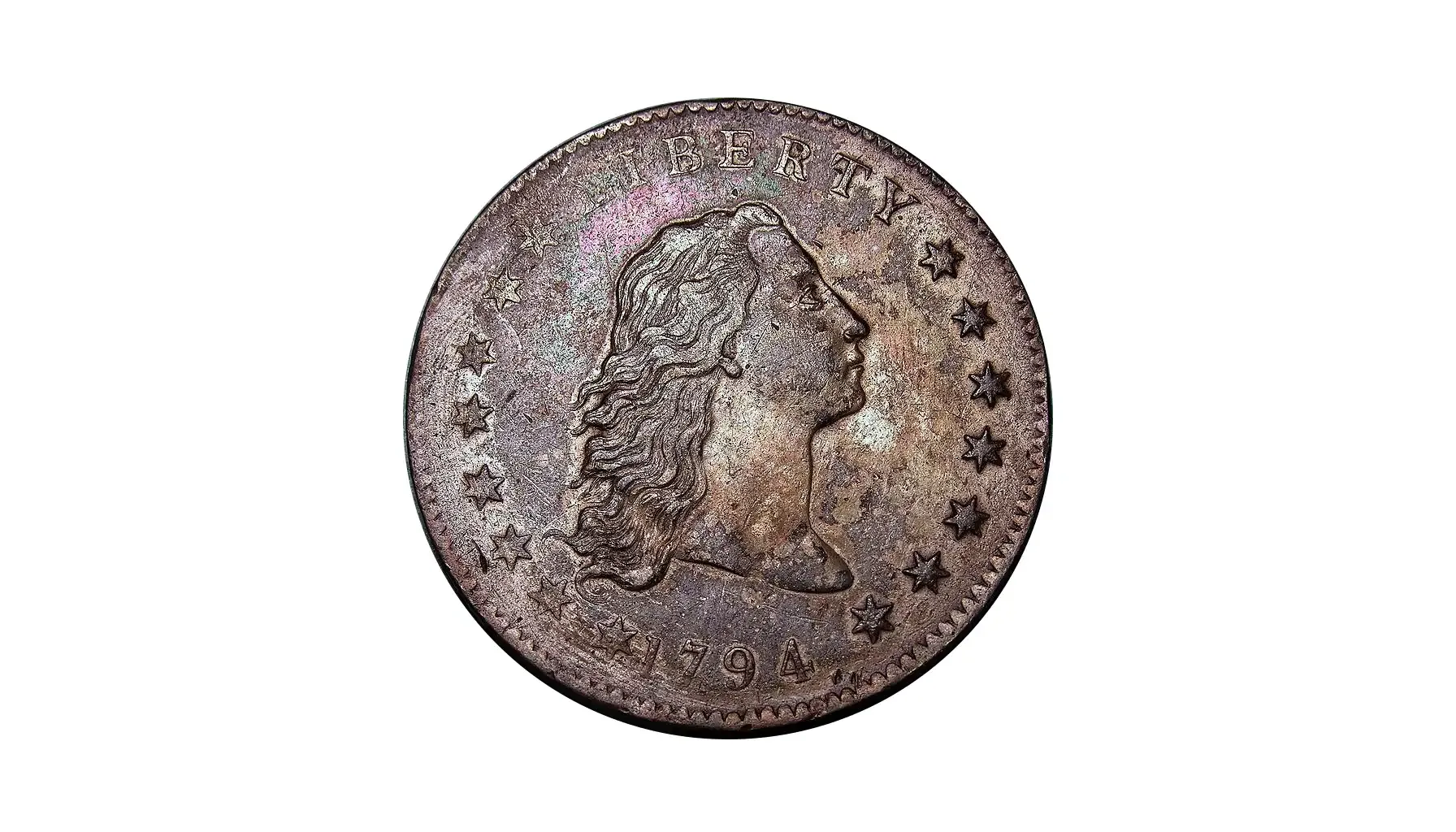Contents:
Most people think of a penny as the smallest current denomination of the US monetary system, though it transmits vivid stories of the past. In 2009, for instance, there was released four very special coins that captured a historic transformation and commemorated both Abraham Lincoln’s bicentennial birth year and the 100th anniversary of the Lincoln cent. A new yet classic chapter for those who care about numismatics worldwide.
The 2009 Lincoln bicentennial penny deserves attention, as it may boast a unique design, powerful background, and numismatic aspirations trapped inside. What does it look like? What is the current 2009 penny value? How to identify these coins and create a collection that is to bring you even more joy than usual? Read and explore.

Briefly about the History of the 2009 Pennies
Sometimes, coins refer to several occasions simultaneously, and this is the case. In 2009, the US Mint released a new penny series to mark two important anniversaries, i.e., the 100th anniversary of the Lincoln cent's introduction in 1909 and the 200th anniversary of Abraham Lincoln's birth. The original Lincoln cent, created by Victor D. Brenner, has always been a recognizable unit with wheat ears on the reverse and a renowned profile of the 16th President on the obverse.
Anyway, let us turn back to 2009 again. As usual, the American numismatic authority published four distinct 2009 penny designs to honor Lincoln's legacy, each of which symbolized a separate phase of his life:
Birth and Early Life (1809–1816): This design, called the "2009 Penny Log Cabin" depicts Lincoln's modest Kentucky birthplace.
Formative Years (1816–1830): This design emphasizes Lincoln's insatiable curiosity, as it shows him reading while enjoying a vacation from rail-splitting in Indiana.
Professional Life (1830–1861): Lincoln is captured standing in front of the Illinois State Capitol, which was meant to signify his development as a politician and attorney.
Presidency (1861–1865): This design, which honors Lincoln's administration during the turbulent period of the Civil War, features the partially finished dome of the U.S. Capitol.
Related article: 1972 Penny Value.
Characteristics of the 2009 Lincoln Penny
Those who are interested in coin collecting know that the Penny 2009 series is notable for its unique designs, historical background, and compositional and minting site variations. Here is a summary of these coins' salient features that one should be aware of.
Detailed Characteristics
Obverse Design: All 2009 pennies feature the same iconic profile of Abraham Lincoln, created by Victor D. Brenner and initially used in 1909. This side also features inscriptions like "IN GOD WE TRUST," "LIBERTY," and the year 2009 and the mintmark ("D" for Denver, "S" for San Francisco, and no mintmark for Philadelphia).
Reverse Designs: Each of the four designs refers to a specific time of Lincoln's life, as covered before. This is why the reverse appearance may differ (ranging from a log cabin or a young Lincoln in Indiana reading during a break from rail-splitting to the Illinois State Capitol and the dome of the US Capitol building.
Metal Composition: There were two major types of the coin, i.e., the copper-plated instances, which were composed of 2.5% copper and 97.5% zinc, and the collector's version made of 95% copper, 5% tin, and 5% zinc (comparable to the composition of the original 1909 cent).
Features of the 2009 Bicentennial Penny | |
Obverse Design | Classic Lincoln’s profile with the date and mintmark |
Reverse Designs |
|
Metal Composition | Circulating version: 97.5% zinc, 2.5% copper Collector’s version: 95% copper, 5% tin and zinc |
Mint Locations | No mintmark for Philadelphia, “D” for Denver, “S” for San Francisco (for proofs) |
Diameter | 19.05 mm |
Weight | Zinc: 2.5 grams Copper: 3.11 grams |
This was an overly diverse release that included a variety of designs, composition patterns, and mintage specifics at the same time. This is why the 2009 bicentennial penny value may grow significantly over time. Nevertheless, let us take a look at different versions of the same coin.
Composition and Variants
Circulating Coins
Value: $1; up to $2 in higher grades
The 2009 Lincoln penny's most popular design was produced for widespread use. These coins are made of a copper-plated zinc alloy, i.e., 97.5% zinc and 2.5% copper. Since 1982, this composition has been standard for US pennies. Only two of three mint locations were responsible for the production of this instance. These include the Denver Mint (2009 D penny) and the Philadelphia Mint (2009 no mint mark penny).
Uncirculated Collector Coins
Value: $1 to $5
To satisfy the collector's demand, the US Mint decided to create uncirculated collector coins, too. These are usually identical to the original 1909 Lincoln cent in that they are composed of 95% copper and 5% tin and zinc (with a weight of 3.11 grams, which makes them a bit heavier than the circulating ones). Unlike proof coins, which have a mirror-like luster, the uncirculated ones have a satin-like finish in turn.
Both the Philadelphia Mint and the Denver Mint produced these uncirculated collector coins, and depending on which mint produced them, they can have the "D" mintmark or no mintmark at all. These coins are highly sought after by collectors thanks to their superior quality and the fact that they are made specifically for set collectors rather than for everyday use.
Proof Coins
Value: $3 to $10
Like the majority of the series, the 2009 Lincoln penny collection also included proof coins, which represent the finest and most detailed part of this kind. Unlike the uncirculated coins, these are made with greater care, yet they still contain the old good 95% copper and 5% tin and zinc composition. Proof coins have a shiny, mirror-like sheen and distinct details, for they are struck several times with the use of specially polished dies.
Usually, these coins are offered for sale in Proof Sets, which include all of the year's struck pieces in excellent proof condition. Proof coins from the 2009 series were produced at the San Francisco Mint only. Proof coins are not put into circulation because they are meant for collection. And the price of these variants is usually higher. Some kind of an investment to opt for.
Rare Errors of the 2009 Pennies Worth Money
The value of the 2009 Lincoln penny series is also dependent on how perfect a coin is. At times, a coin might come a bit different as it is to bear deviations from what these should be. Although these mistakes are uncommon, they give the coin's history a fascinating dimension, which makes collectors highly prized. Significant errors made during the minting process are among the most valued 2009 pennies. Here is the
Error Type | Description | Rarity and Value |
Double Strikes | An occurrence when the coin is struck twice by the die, either on the same spot or slightly offset, resulting in overlapping or blurred details | Highly sought after; $25 to $100 |
Off-Center Strikes | The coin which is not aligned properly with the die, leading to a missing or partially cut-off design | Rare; up to $150 |
Die Cracks | A crack in the die used to strike the coin, leaving raised lines or impressions on the coin’s surface | Fairly common but still collectible; $5 to $20 |
Clipped Planchets | A situation when the metal blank used to strike the coin is incorrectly cut, resulting in a coin with an irregular shape or a part of the design being distorted | Relatively rare; $20 to $75 |
Wide “AM” Reverse | A spacing error between the letters “A” and “M” in “AMERICA” on the reverse side, creating a noticeable gap | Rare, especially in good condition; $10 to $50 |
Rotated Die Errors | A misaligned die, which causes the design to be rotated on the coin | Less common; $25 to $100 |
Over Mintmark Errors | An accidentally stamped mintmark over another mintmark, such as a “D” mintmark over a “P” or vice versa | Rare and valuable due to the uniqueness of the error; up to $200 |
Lamination Errors | A surface defect where the metal does not properly bond, causing part of the coin’s surface to peel off | Relatively uncommon; $10 to $50 |
The value of the 2009 Lincoln pennies, or any others, e.g., the 1960 Lincoln penny value, is also dependent on how perfect a coin is. At times, a coin might come a bit different as it is to bear deviations from what these should be. Although these mistakes are uncommon, they give the coin's history a fascinating dimension, which makes collectors highly prized. Significant errors made during the minting process are among the most valued 2009 pennies.
Collecting Tips for the 2009 Penny
Preserve Coins Properly: So as to avoid oxidation and wear, keep your coins in hermetic capsules, coin albums, or holders devoid of acid. Avoid using your bare hands to handle coins; instead, put on cotton gloves to shield their surfaces from dirt and oils.
Use Special Apps and Technology: Moreover, you can always improve your collecting experience with the aid of modern technology. Coin ID Scanner, for example, is a useful app that identifies coins, provides details, and determines estimated values using picture recognition. Keep track of and arrange your digital collection to bear valuable info. Explore offer pricing guides, auction data, and coin grading information on your phone wherever you are up to go.
Attend Coin Shows and Collecting Clubs: To locate uncommon 2009 pennies and connect with other collectors, go to regional or national coin shows. This is how you may keep up with trends and be patient by joining numismatic clubs or online discussion boards such as CoinTalk or the American Numismatic Association (ANA).
Stay Informed on Market Trends: The 2009 Lincoln penny value, particularly that of mistake coins, is yet to change. Learn when to purchase, sell, or keep your coins by following price guidelines, auction results, and collector news not to mention.
The 2009 Lincoln Penny is a tiny storyteller, a historian who teaches what were the norms long ago. Each one dares you to look closer – because sometimes, the smallest coin holds the most valuable secrets.



